Smith Rover Helmet - Review
Smith rolled out the Rover this fall. Whereas their first mountain bike helmet, the Forefront, debuted in 2014 as a fully-featured, premium-priced lid, the Rover strikes a more pared-down pose. To wit, it isn’t overflowing with helmet-cam mounts, goggle retaining devices or other brain bucket accouterments. It also bucks the extended-coverage tide. The Rover is not the kind of wispy head thong made popular in the `90s, but there is less rear coverage on the Rover than on popular competing models such as the Bell Super 3, Giro Montaro, POC Trabec or Specialized Ambush (to name just a few).
Smith Rover Details
• EPS foam liner with Koroyd employed on sides
• 18 vents
• Eight different colors available
• MIPS system available in all colors
• X-Static performance lining
• Integrated visor
• Sizes: S, M (tested) and L
• MSRP: $120 (w/o MIPS)/ $150 w/MIPS
• www.smithoptics.com
• EPS foam liner with Koroyd employed on sides
• 18 vents
• Eight different colors available
• MIPS system available in all colors
• X-Static performance lining
• Integrated visor
• Sizes: S, M (tested) and L
• MSRP: $120 (w/o MIPS)/ $150 w/MIPS
• www.smithoptics.com
The feature that truly pushed the Forefront out, er, front was its extensive use of Koroyd—a polymer honeycomb layer material that can be combined with expanded polystyrene (EPS) foam to create a kind of dual-density helmet liner, which, theoretically, should provide cushioning for both high- and low-energy impacts alike. Smith calls it Aerocore. The Rover uses quite a bit less Koroyd in its liner than the Forefront—just a couple patches on either side of the helmet. But while the Rover has a more Spartan ethic than its pricier sibling, it does share some fundamental features, including X-Static anti-microbrial helmet padding, VaporFit adjustable retention system and lightweight, single-layer webbing. If you are all about MIPS, the Rover can be had in both MIPS and non-MIPS version. If matte charcoal isn't cutting it for you, the Rover is also available in seven other colors.
The path of least resistance, so to speak, would have been for Smith to make a less-expensive version of the Forefront, but the Rover is a truly different beast. If you want to skip straight to the testing bit of this review, scroll down for it. If you want to learn more about why Smith went this route with the new helmet (and what the deal with Koroyd is all about), check out the interview with Jon Raymer, directly below.
Q&A With Smith's Bike Category Manager, Jon Raymer
 Koroyd claims their honeycomb is more effective than traditional EPS foam liners at reducing energy transfer to the brain during an impact. What exactly is it about how Koroyd performs during a crash that is supposed to give it an edge over EPS?
Koroyd claims their honeycomb is more effective than traditional EPS foam liners at reducing energy transfer to the brain during an impact. What exactly is it about how Koroyd performs during a crash that is supposed to give it an edge over EPS?There are a few factors that can help achieve better test results:
1) Unlike foams, Koroyd has a very linear absorption performance, e.g. you need the same amount of stress to further compress the core. Foams densify during compression and require more stress to further compress, which is less favorable.
2) Koroyd can generally compress further (percentage-wise) until it fully densifies and hence absorb more energy in a certain thickness.
3) The Koroyd core is based on thermoplastics that are much more stable in a wide range of temperatures, where the impact performance of foams is more negatively affected by cold and hot conditions.
4) Foams tend to store and rebound forces that may cause a second acceleration in the opposite direction after the impact, which can cause further damage. Koroyd collapses and has minimal rebound.

Smith used Koroyd extensively in their Forefront helmet. The material gets a much more limited, strategic employment in the company's new Rover helmet.
 Koroyd also claims that their “thermoplastic tubular honeycomb core has proven to outperform EPS as an absorption liner material inside protective helmets, with maximum deceleration values often 25% to 35% lower than EPS”. That’s a bold claim. Have the results of Koroyd’s testing been replicated by independent testing sources?
Koroyd also claims that their “thermoplastic tubular honeycomb core has proven to outperform EPS as an absorption liner material inside protective helmets, with maximum deceleration values often 25% to 35% lower than EPS”. That’s a bold claim. Have the results of Koroyd’s testing been replicated by independent testing sources?In absorbing energy, you need to have all the elements optimized and work together. In a helmet, the shell is designed to spread the load over a larger area, so that the absorption layer underneath can minimize the forces - apart from protecting against, for instance, abrasion and penetration. To have a true like-for-like test, you require two exact helmets one with Koroyd and one with just EPS. We have tested various helmets at independent test labs with this method and achieved those reduced decelerations, compared with the EPS reference models.
Indeed when Smith first evaluated Koroyd before beginning any projects we replaced the EPS in one of our existing helmets with pockets of Koroyd in the impact locations. The Koroyd had the same dimensions as the EPS it was replacing and the Peak G (read acceleration) was reduced by up to 32%. This was without optimizing the helmet to work with Koroyd and we are now able to improve on those first results further. From day one we have seen Koroyd is able to absorb significantly more energy than EPS.
We are not claiming that any Koroyd equipped helmet outperforms any other EPS-based helmet by 25-35%. A theoretical EPS helmet with a very thick EPS liner is likely to perform very well to reduce linear acceleration.
 Most of the conversation surrounding Koroyd has centered around its ability to reduce energy under linear impacts—does it offer any kind of benefit to riders who suffer a twisting, rotational impact?
Most of the conversation surrounding Koroyd has centered around its ability to reduce energy under linear impacts—does it offer any kind of benefit to riders who suffer a twisting, rotational impact?A government commissioned report on the performance of motorcycle helmets from 2001 (COST 327, publicly available) showed that there is a strong (91%) correlation between linear and rotational acceleration. According to this report reduced linear acceleration is expected to also reduce rotational acceleration. For riders looking to directly address rotational impact, we also offer a MIPS version of each model.
 Does Smith plan on one day launching a helmet with a liner composed entirely of Koroyd? Is such a thing even possible or do you always need to incorporate EPS?
Does Smith plan on one day launching a helmet with a liner composed entirely of Koroyd? Is such a thing even possible or do you always need to incorporate EPS?It is possible to produce a single liner with Koroyd that can be installed inside a helmet shell, without the need for EPS. But using EPS as a skeleton and placeholder of Koroyd inserts allows us to optimize each insert for the impact zone where it is applied. For instance, a top of a shell typically has a double curvature, which creates a stiffness that is very different from the stiffness at the side of the helmet. Using separate Koroyd inserts allows us to address the difference in, for instance, stiffness with an absorption material designed to match the shell characteristics at each point.
 If Koroyd is better at absorbing energy (than EPS), why not use more of it in the Rover?
If Koroyd is better at absorbing energy (than EPS), why not use more of it in the Rover? As with most complete product line offerings there are different models that are tiered by features. which are typically driven by cost. The Rover is an example of this, our Forefront helmet features full-coverage of Koroyd, offering increased protection and thus a higher price point.
 The Rover features significantly less Koroyd honeycomb than the Forefront—how did Smith determine which areas of the helmet absolutely needed Koroyd reinforcement and which areas did not?
The Rover features significantly less Koroyd honeycomb than the Forefront—how did Smith determine which areas of the helmet absolutely needed Koroyd reinforcement and which areas did not?Some areas of the helmet are more likely to become points of impact than others. The sides are much more likely to be impacted than the top or the rear of the helmet. With the Koroyd placement in the Rover, we focused on impact areas where the rider is more likely to have an impact. Obviously, the helmets perform well all over. The Koroyd zones were selected to offer additional performance there.
 The Rover has a fixed visor. Why did you go that route, rather than offering a visor with some form of tilt adjustment?
The Rover has a fixed visor. Why did you go that route, rather than offering a visor with some form of tilt adjustment?Our intent was to again offer a different feature set that our Forefront helmet.
On Trail
Smith did good work with the overall fit of the Rover. How well a helmet molds to any one person’s head is always going to vary. Smith, however, ticks off the core basics with the Rover.
To wit, the X-Static padding is comfortable and the VaporFit retention system offers a wide range of adjustment via solid clicks of a dial that’s easy to fiddle with, even when you are wearing gloves and your digital dexterity isn’t anything to brag about.
I do, however, have one sore spot in the comfort department—the plastic webbing of the VaporFit harness has two tightly-radiused corners that, on particularly long rides, rub me the wrong way. The picture at right shows what I mean here. This may simply be a bald-guy issue. If I had hair, it probably wouldn’t have been a problem whatsoever. Indeed, on cold days when I wore a skull cap, I didn’t notice it at all. But if you are lacking hair back there, it’s something to consider.
I do, however, have one sore spot in the comfort department—the plastic webbing of the VaporFit harness has two tightly-radiused corners that, on particularly long rides, rub me the wrong way. The picture at right shows what I mean here. This may simply be a bald-guy issue. If I had hair, it probably wouldn’t have been a problem whatsoever. Indeed, on cold days when I wore a skull cap, I didn’t notice it at all. But if you are lacking hair back there, it’s something to consider.
The Forefront’s aesthetics have always been a love or hate kind of thing. The Rover, with it’s cleaner silhouette, will likely appeal to a broader audience. There is, as mentioned earlier, less rear coverage to be had with the Rover than with most all-mountain/enduro half-shells these days. Whether or not that matters to you is a personal call. I like the sleek look, but have personally grown accustomed to having more of a foam mullet cascading down towards my shoulders.
Smith absolutely nailed ventilation with the Rover. There are very few helmets on the market that do a better job of channeling air over your scalp. The massive, sculpted vents get much of the credit here, but the lack of Koroyd also helps. Koroyd may offer a kind of enhanced energy absorption, but the mat of thermowelded straws tend to block airflow—that was always my one gripe with the Forefront.
The relatively sparse use of Koroyd here means that airflow isn’t hampered here at all. So, there’s two ways to look at the limited use of Koroyd on this helmet: If you want the maximum benefit of the material, go with the Forefront. If you ride in hot areas or are simply a fan of cooler lids, but you still want some of Koroyd’ protective value, the Rover is the better choice.
Finally, there’s the visor: Its lack of a tilt option didn’t bother me on descents. Smith’s done a good job of finding the right angle to fix this thing at. I never found myself actually wanting to ratchet the thing up when riding with sunglasses. The visor also works well with goggles in place. However, if you feel like giving the goggles a break (say on a climb), the lack of visor adjustability means you can’t perch the goggles up on the forehead section of the helmet. That’s a shame because the Rover is otherwise a great choice for goggle-loving riders; the shell’s shape meshes perfectly with goggle straps. Bottom line—a tilting visor is simply the kind of feature that should show up on any helmet at this price point.
Speaking of price point, you might notice that I’m listing a different price on the Rover than what’s been previously published elsewhere—that’s because Smith just lopped $30 USD off the sticker price for both the MIPS and non-MIPS versions. Given the recent debuts of more wallet-friendly helmets, such as the Giro Chronicle and Specialized Ambush Comp, the Rover's new price is a move in the right direction.
Pinkbike's Take:
 | The Rover is a solid choice for riders who want a well-executed, highly-breathable lid. At $120 (non MIPS) I'm not expecting a ton of bells and whistlers, such as helmet camera or light mounts, goggle clips and so forth. That said, the lack of visor adjustability might be a sore spot with some riders. - Vernon Felton |
Author Info:
Must Read This Week
[UPDATED] Final Elite XC Results & Overall Standings from the Mairiporã XC World Cup 2024
42306 views
42306 views
Sign Up for the Pinkbike Newsletter - All the Biggest, Most Interesting Stories in your Inbox
PB Newsletter Signup
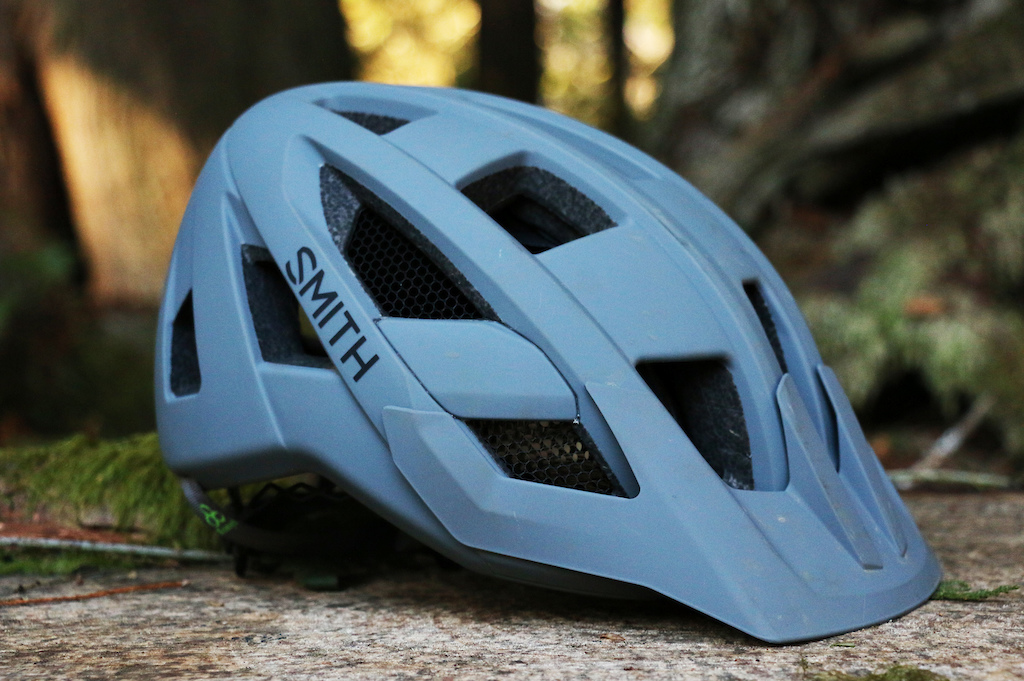
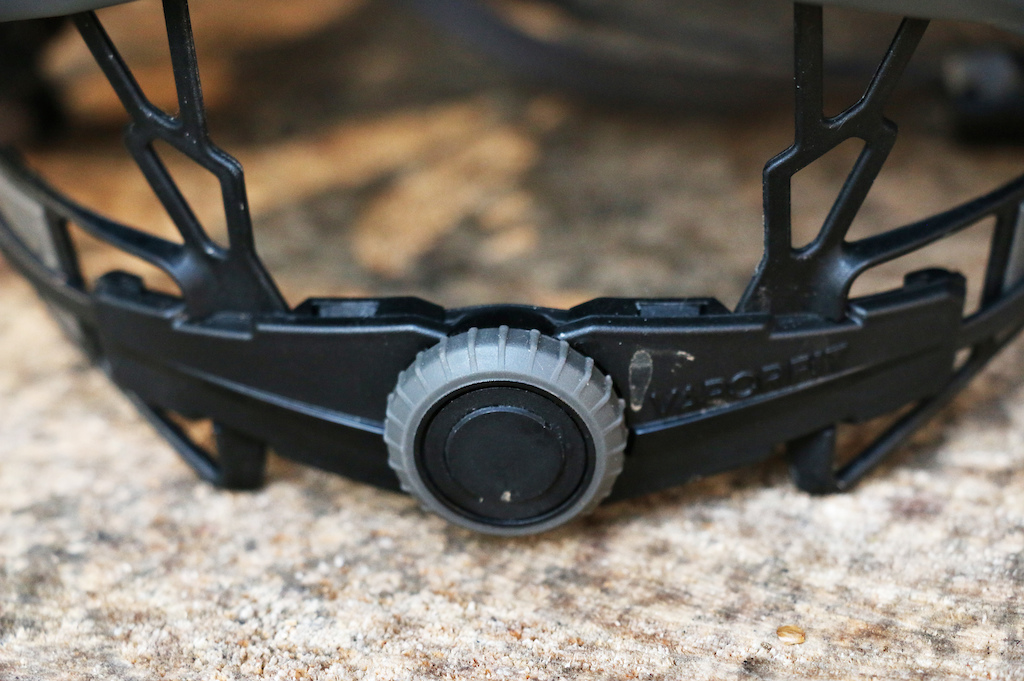
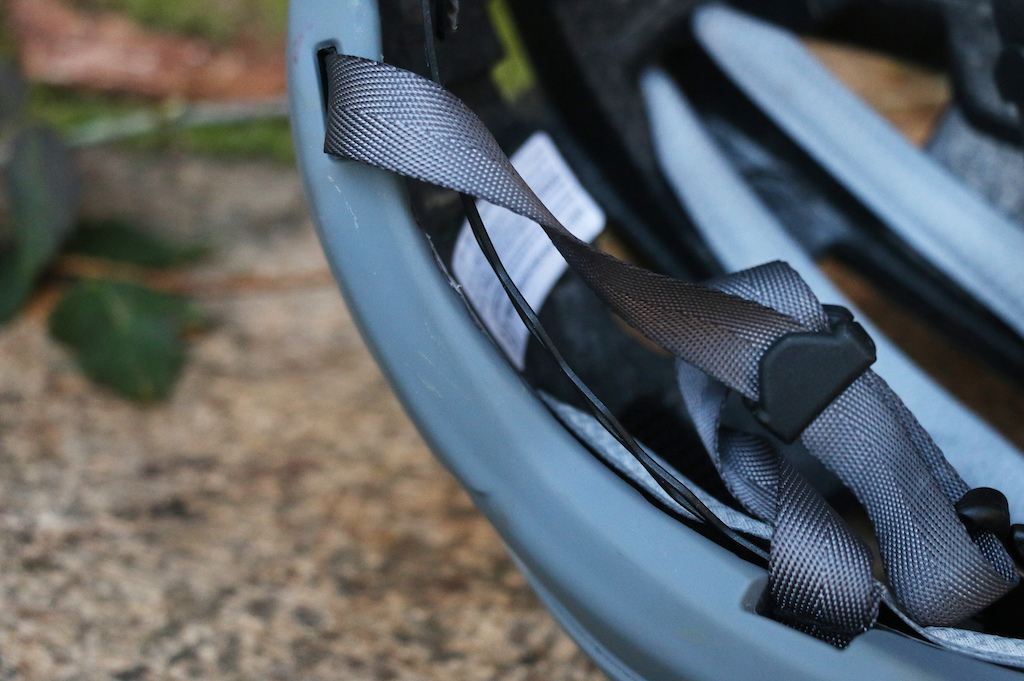

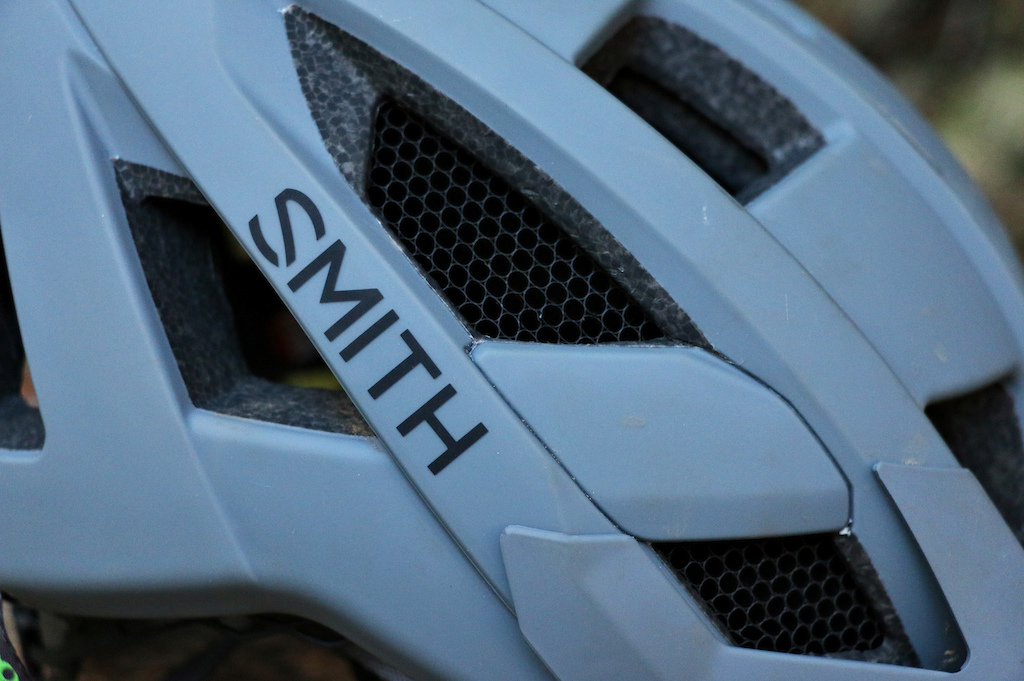
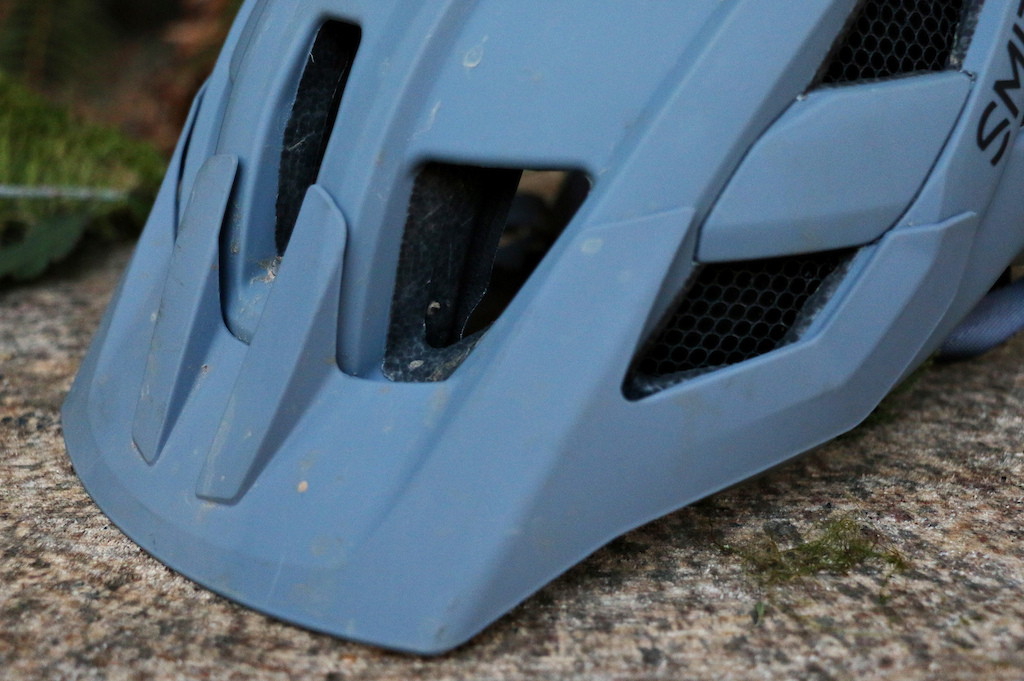
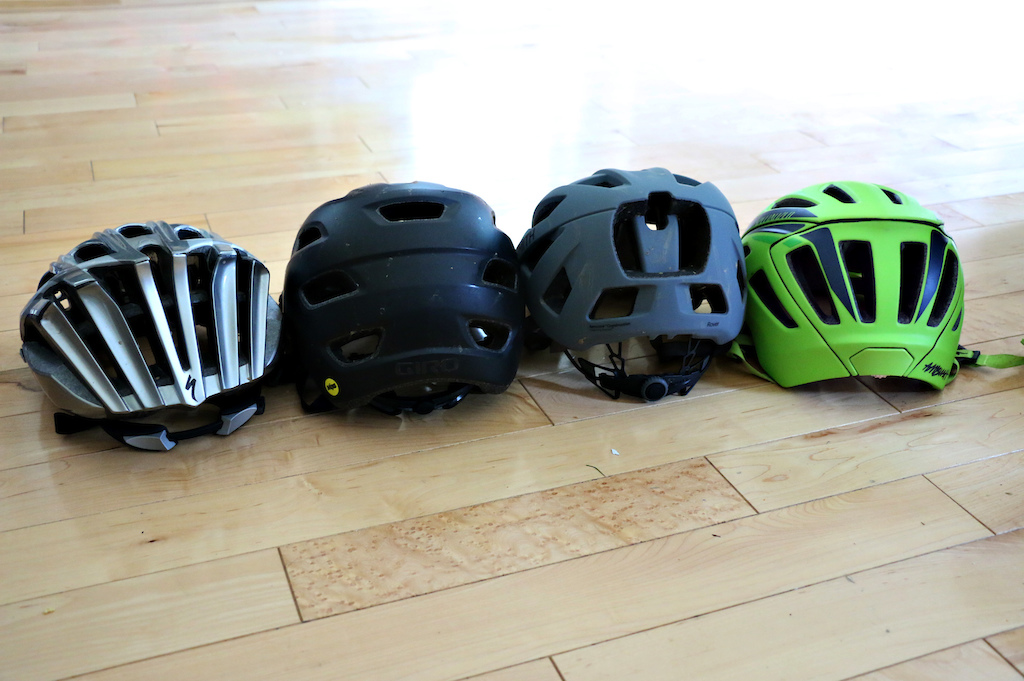
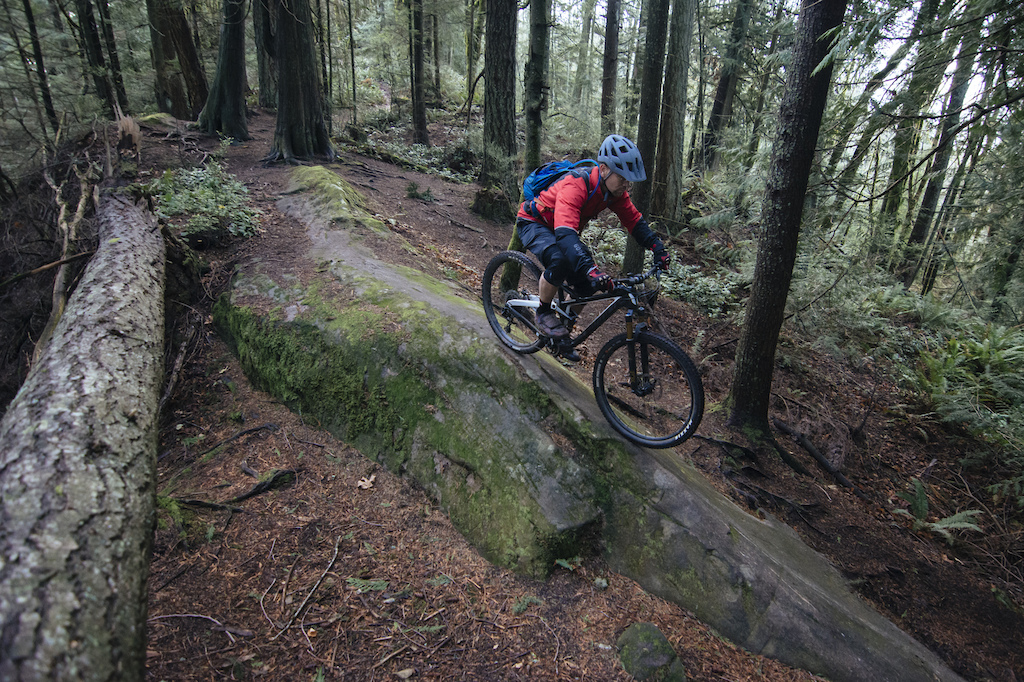
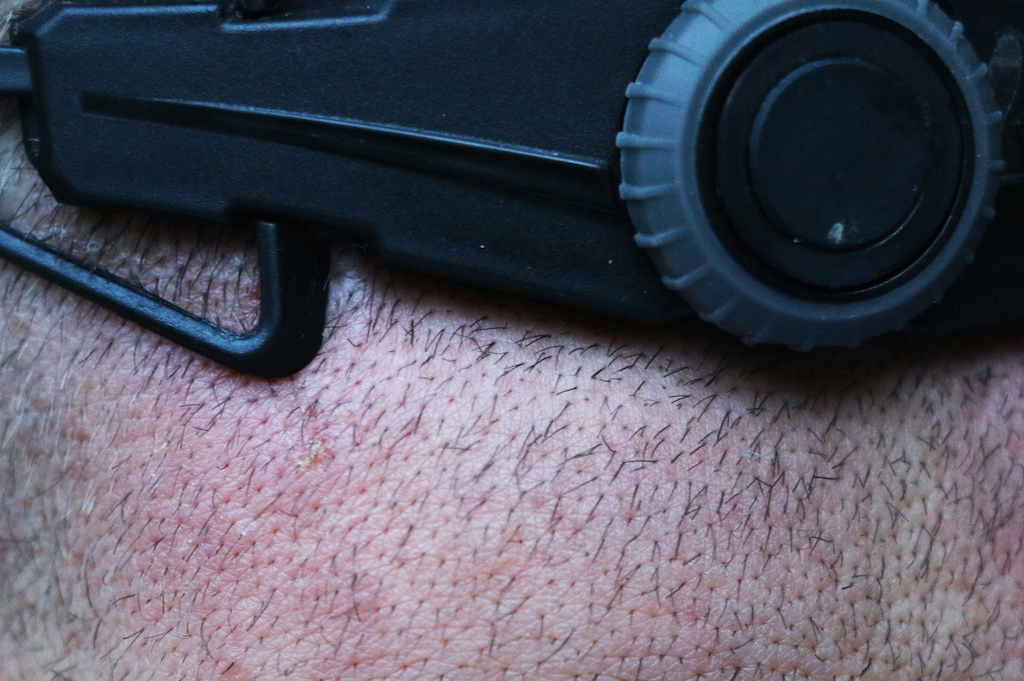
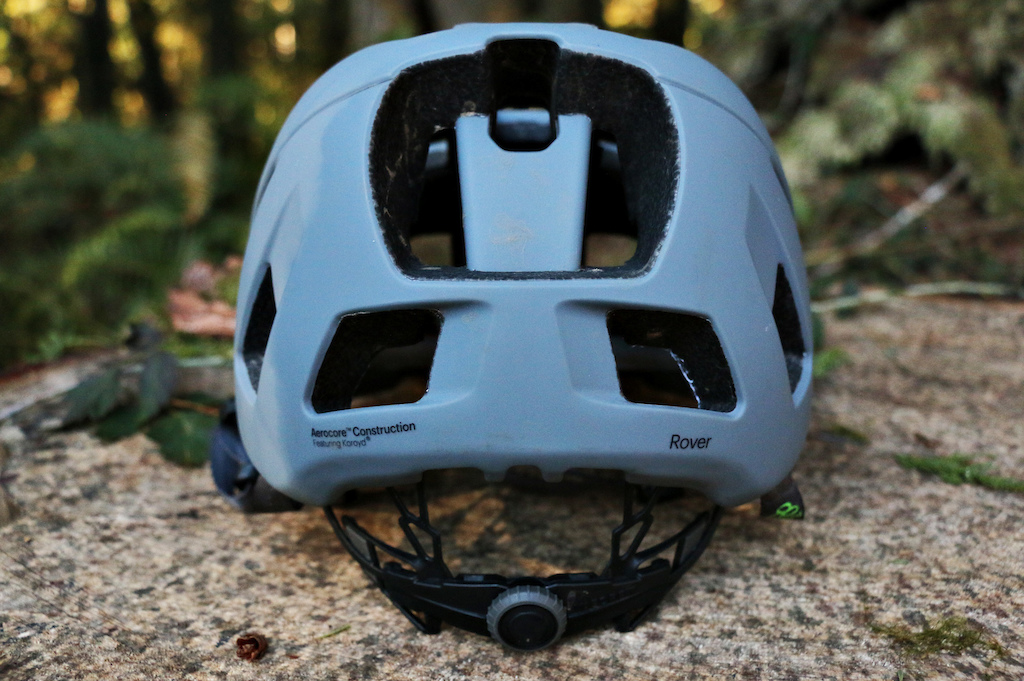

 Member since Apr 11, 2014
Member since Apr 11, 2014
@Nairnster so good example, love the Metah in picture but i tried it once in my LBS and it was too big too ugly on my head.
I've not had any crash so I can't speak to that, but:
- they'res the 3 most comfortable bike helmets ive worm hands down (I'm am L also). this is the reason I even bought em, if im going to be 6hrs in the helmet i like that it feels comfy. I get that this might be a personal thing, but I've also noticed *everyone* that tries them find them more comfortable.
- they vent extremely well. i had read reviews with mixed feelings. People saying its not that great when it gets hot. I now used the forefront in +40C down to -10C and it's absolutely fine - in fact, better than my previous vented helmet (which were all pretty expensive/high end). I also feared the vantage would be either too cold or too hot. its just neither.
- koroyd is "water resistant'. Funny thing. Water tension is created inside the hexagonal shapes, and when its raining, as long as you're going forward the water does not go through the vent. I just arrived from a 30min quick ride in the stormy weather and my hair are absolutely dry.
So basically, if you have the money I would recommend these helmets (granted that we do protect as well as they say in a crash). Note also, ive the MIPS options on them.
1. There are people who are willing to pay the current prices
2. Keeping prices high maintains Smith's image as a "premium brand"
3. This "premium brand" status maintains a steady stream of consumers with money to burn, who want that "premium brand" image. If we consider Smith helmets a luxury good, then we can assume that as price decreases, demand from their target market will decrease.
marker.net/products/helmets/phoenix-otis.html